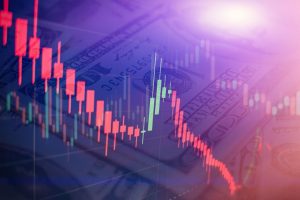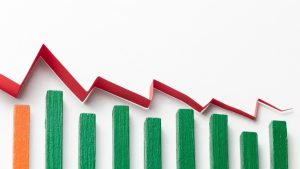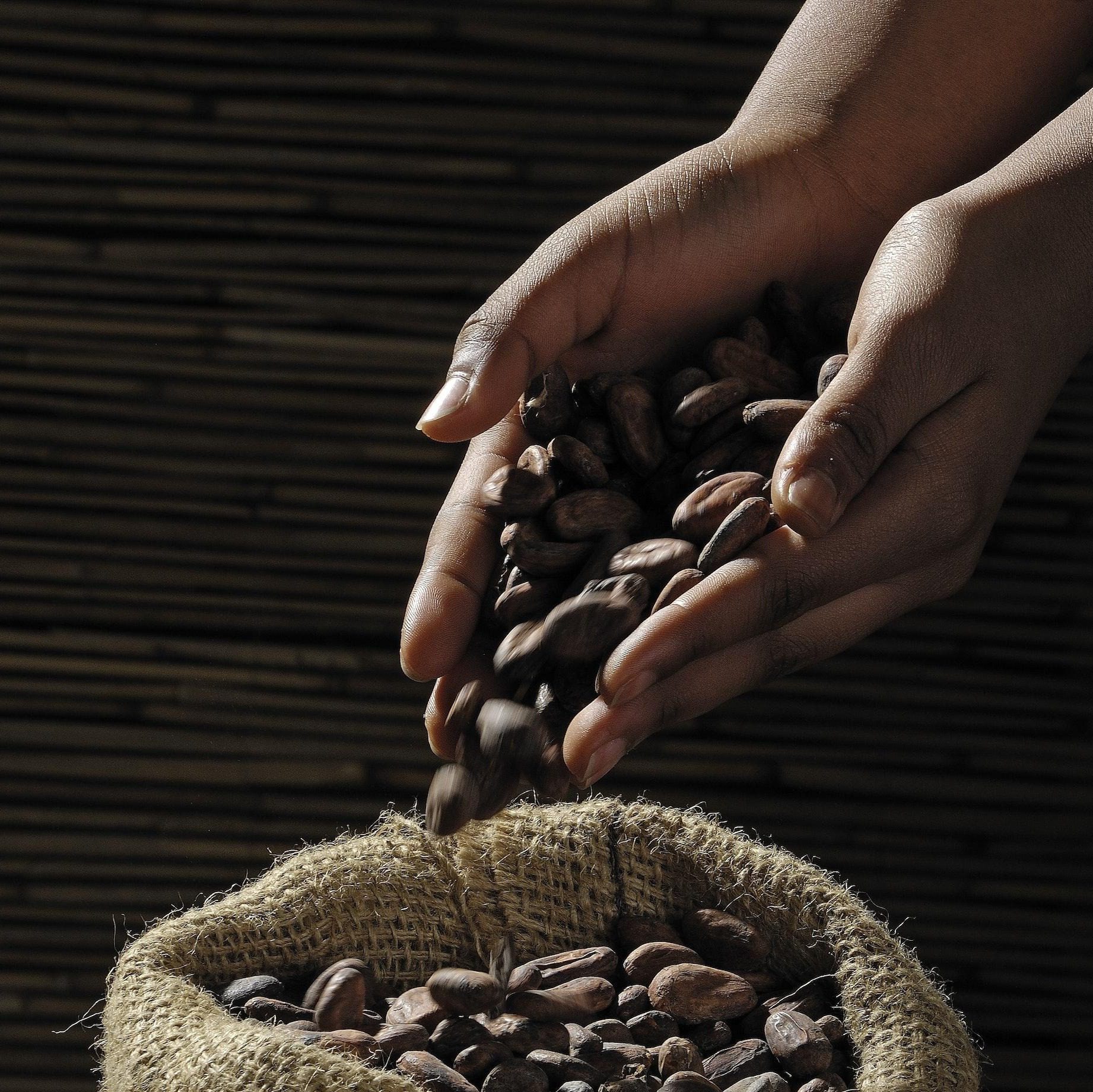STERLING STEADY AHEAD OF U.S. DATA, TARIFF UPDATES
The British pound was steady within the middle of its recent range on Wednesday as investors awaited key U.S. inflation data, while uncertainty stemming from U.S. President Donald Trump’s trade policy continued to keep investors on edge. Sterling was little changed against the dollar at $1.2443. It was down slightly at 83.37 pence per euro. Attention in currency markets on Wednesday was on U.S. inflation data – due at 1330 GMT – which could help cement market expectations for the Federal Reserve to keep rates unchanged for the time being. On Tuesday, Fed Chair Jerome Powell told lawmakers the central bank was in no rush to ease more given the strength of the economy. In contrast, markets have moved to price in more easing from the Bank of England this year after the central bank cut the bank rate by 25 basis points last week. BoE policymaker Catherine Mann, who had previously been viewed as the most hawkish member of the rate-setting Monetary Policy Committee, shocked markets by voting for a larger 50 basis point move. On Tuesday, Mann said that sufficient evidence had built up of soft consumer demand, the risk of a sharp deterioration in the labour market and weakening corporate pricing power for her to drop her opposition to cutting rates.
DOLLAR DIPS AS INFLATION DATA POINTS TO LOWER CORE PCE
The dollar slipped on Thursday after components of January’s producer price report indicated that core PCE inflation, the Federal Reserve’s preferred inflation measure, is likely to be lower than previously thought when it is released later this month. It came despite producer prices rising more than economists expected. “There were some subcomponents in there that show that PCE might not be as hot as CPI suggested,” said Noel Dixon, global macro strategist at State Street Global Markets. The producer price report came after Wednesday’s Consumer Price Index for January was much higher than expected, leading traders to price in fewer rate cuts this year. Futures traders are now pricing in around 31 basis points of cuts by December, up from around 29 basis points before Thursday’s data, but down from 37 basis points before the CPI data was released on Wednesday. The Personal Consumption Expenditures Price Index is due on February 28. Economists at Morgan Stanley revised their core PCE inflation expectation for January to 0.3%, from 0.4%, after Thursday’s data.

CANADIAN DOLLAR NOTCHES SECOND STRAIGHT WEEKLY GAIN ON US TARIFF DELAYS
The Canadian dollar edged up to a two-month high against its U.S. counterpart on Friday as investors grew skeptical that the trade tariffs threatened by U.S. President Donald Trump would be as severe as first thought. The loonie was trading 0.1% higher at 1.4170 per U.S. dollar, or 70.57 U.S. cents, after touching its strongest intraday level since December 12 at 1.4152. For the week, the currency strengthened 0.9%, its second straight weekly gain. “Markets braced yesterday for what President Trump called ‘the big one’, referring to reciprocal tariffs. To their relief, what was delivered was vague and delayed until early April, after studies are completed,” said Michael Goshko, senior market analyst at Convera Canada ULC. “This has become a familiar pattern that Mr. Trump’s tariff bark is worse than his bite, resulting in stocks, bonds, and currencies rallying.” A directive signed by Trump on Thursday stopped short of imposing more tariffs, instead kicking off what could be weeks or months of investigation into the levies imposed on U.S. goods by other trading partners and then devising a response. Last week, Trump delayed a 25% tariff on goods from Mexico and Canada for a month until March 4. The U.S. dollar lost ground against a basket of major currencies, weighed additionally by weaker-than-expected U.S. retail sales data.

STERLING RISES TO 2025 HIGH AS EASING TARIFF FEARS DENT DOLLAR
Sterling rose to its strongest level against the dollar this year on Friday, after UK GDP data earlier this week sweetened the mood around the strength of the British economy, while the dollar weakened on some relief over U.S. tariff threats. At 1043 GMT, the pound rose 0.1% to $1.25775 against the dollar, its highest level since December 30. Sentiment towards the UK economy was boosted after data on Thursday showed Britain’s economy unexpectedly grew by 0.1% in the final quarter of last year, strengthening the pound. “The pound was buoyed by the broad risk on mode in the market on Thursday, and the mild surprise to the upside in the latest GDP report for Q4,” said Matthew Ryan, head of market strategy at Ebury. He added that the outlook remains complicated for the economy amid flat-lining growth in the second half of last year, elevated inflation, high mortgage rates and a high tax burden. The pound was also helped higher on Friday by a weaker dollar as traders breathed a sigh of relief that Washington did not immediately impose reciprocal tariffs, suggesting room for negotiation, while a U.S. producer price report soothed inflation concerns. The pound was largely flat against the euro,with one euro worth 83.39 pence. Money markets are pricing in 60 basis points of further easing this year from the Bank of England, compared with a little more than one quarter-point from the Federal Reserve and at least four quarter-point cuts from the European Central Bank.
DOLLAR ON TRACK FOR WEEKLY LOSS AS TARIFFS DELAYED
The dollar was on track for a weekly loss on Friday as a delay in the introduction of trade tariffs planned by U.S. President Donald Trump raised hopes that they may not be as bad as feared, while hopes of a peace deal between Russia and Ukraine helped the euro rally. The dollar also fell to a nine-week low after data showed that retail sales fell more than expected in January, leading traders to raise bets that the Federal Reserve may cut rates two times this year. “Markets are still hoping that tariff headwinds are not going to be as significant as perhaps previously feared, then probably the bigger element this week is enthusiasm about potential Russia-Ukraine ceasefire and to what extent that might be positive for European growth in particular,” said Vassili Serebriakov, an FX strategist at UBS in New York. “The retail sales are probably a tertiary factor, but it’s kept the dollar on the back foot,” Serebriakov said. The dollar index was last down 0.5% on the day at 106.78 and on track for a weekly loss of 1.3%. It earlier reached 106.56, the lowest since December 12. The euro rose 0.4% to $1.05 and got as high as $1.0514, the highest since January 27. It is on pace for a weekly gain of 1.6%. The Japanese yen strengthened nearly 0.4% against the greenback to 152.26 per dollar.

- CAPITALDIGEST MARKET REVIEW , 03/11/2025November 3, 2025
- CAPITALDIGEST DAILY NEWS, 03/11/2025November 3, 2025
- CAPITALDIGEST MARKET REVIEW, 22/09/2025September 22, 2025
Enter your email address for receiving valuable newsletters.
- CAPITALDIGEST DAILY NEWS, 03/11/2025NNPCL WEIGHS OVERHAUL, REPURPOSING OPTIONS FOR REFINERIES The Nigerian National Petroleum Company Limited has said...November 3, 2025
- CAPITALDIGEST MARKET REVIEW, 22/09/2025STERLING RISES AGAINST DOLLAR ON FED-BOE POLICY DIVERGENCE Sterling gained against the dollar on Tuesday,...September 22, 2025
- CAPITALDIGEST DAILY NEWS, 22/09/2025OIL REFORMS DRIVE $18.2BN DEALS – FG Nigeria’s oil and gas sector is experiencing a...September 22, 2025












